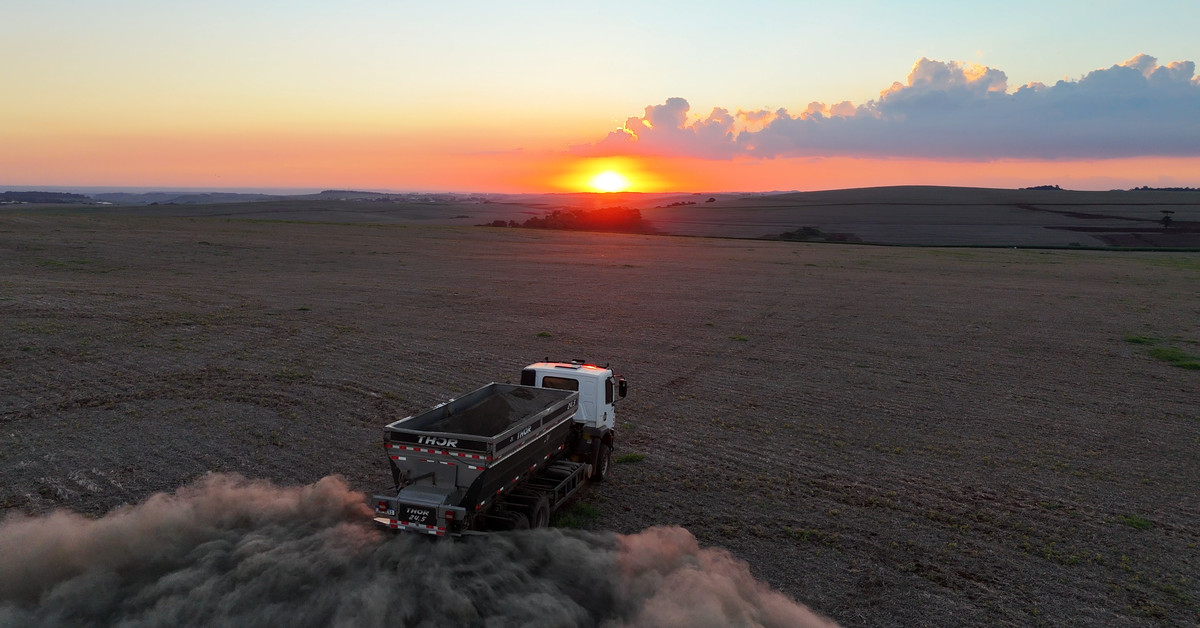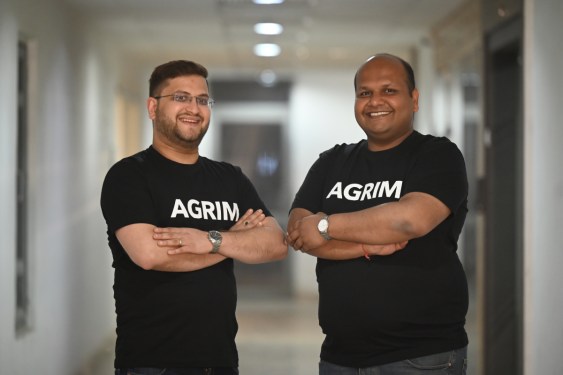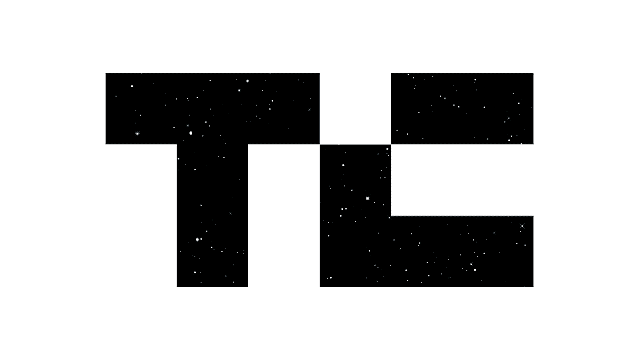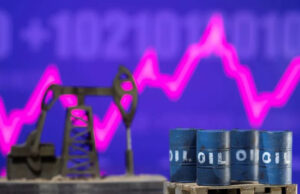In a bid to mitigate the impact of their pollution on the climate, Google and other major companies have invested in a plan to trap carbon dioxide using rocks. This initiative has been led by Terradot, a startup backed by Sheryl Sandberg’s investment.
Big Deals for Carbon Removal
Google, H&M Group, and Salesforce are among several companies that collectively agreed to pay Terradot $27 million to remove 90,000 tons of carbon dioxide from the atmosphere. This deal was brokered by Frontier, a carbon removal initiative led by Stripe, Google, Shopify, and McKinsey Sustainability.
Separately, Google announced its own deal with Terradot to purchase an additional 200,000 tons of carbon removal. However, the company declined to disclose the value of this deal. If the cost is similar to the Frontier agreement, which is roughly $300 per ton of CO2 captured, it could add up to $60 million.
A New Approach to Carbon Removal
The strategy employed by Terradot is called Enhanced Rock Weathering (ERW), a relatively low-tech approach that accelerates a natural process. Rainfall naturally "weathers" or breaks down rocks, releasing calcium and magnesium and triggering a chemical reaction that traps CO2 in water as bicarbonate. Groundwater carrying this bicarbonate eventually makes its way to the ocean, where it is stored and kept out of the atmosphere.
Terradot’s Carbon Removal Plan
Terradot has set a 2029 deadline to make good on the 90,000-ton Frontier deal. For Google, the company aims to capture an additional 200,000 tons by the early 2030s. Terradot achieves this by taking basalt from quarries in southern Brazil and spreading it out over large areas of farmland. The finely-ground basalt is used by farmers to manage soil pH, while carbon removal is a bonus.
A Partnership with Brazil’s Agricultural Research Agency
Terradot has partnered with Brazil’s agricultural research agency (EMBRAPA) to use this strategy on more than one million hectares of land. This partnership allows Terradot to leverage the hot and humid climate in Brazil to speed up the weathering process.
Challenges Ahead
One of the biggest challenges facing Terradot is measuring how much CO2 it actually manages to trap. Google acknowledges this challenge in its announcement, stating that "it’s hard to measure with precision how much CO2 this process removes from the atmosphere." To develop more accurate measurement tools, Terradot aims to deploy its approach widely in the real world.
Soil Sampling and Fertilizer Limitations
Terradot plans to take soil samples to assess how much CO2 is captured based on how the rock degrades over time. However, it’s harder to determine how much calcium, magnesium, and bicarbonate makes it to the ocean to permanently sequester CO2. Additionally, fertilizer in the soil can potentially limit carbon capture through enhanced rock weathering.
A Mixed Response from Experts
Dr. Jagozt, a geologist who has studied ERW, notes that there is still uncertainty surrounding how much CO2 is captured and stored. However, he believes that this uncertainty should not prevent trials in the real world. "I also think, why not try?" Dr. Jagozt says. "We don’t have the luxury to overthink it right now."
The Role of Carbon Removal
While carbon removal can help counteract some of a company’s legacy pollution while they transition to clean energy, it is not a substitute for emissions reductions. Google notes that its carbon footprint has grown as it builds out energy-hungry AI data centers.
In fact, switching to clean energy is the only effective way to stop climate change. Carbon removal, at best, can help mitigate some of the effects of pollution while companies make this transition. Even with Google’s new ERW deal, 200,000 tons of carbon removal is still a small fraction of the 14.3 million metric tons of CO2 pollution it was responsible for last year.
The Need for Both Emissions Reductions and Carbon Removal
Kanoff, the founder of Terradot, emphasizes that both emissions reductions and carbon removal are essential tools in the fight against climate change. "It’s very clear that this is not a substitute for emissions reductions at all … we need both of these tools," he says.
Conclusion
Companies like Google and H&M Group are investing in carbon dioxide removal using rocks as part of their efforts to mitigate the impact of their pollution on the climate. While there are challenges ahead, including measuring CO2 capture and potential limitations due to fertilizer, Terradot’s ERW approach has the potential to make a meaningful contribution to reducing greenhouse gas emissions.
References
- Google Press Release: Google Signs Largest Enhanced Rock Weathering Deal to Date
- Terradot Website: About Us
- EMBRAPA Website: Partnership with Terradot
- Dr. Jagozt’s Research: Enhanced Rock Weathering and Carbon Sequestration









